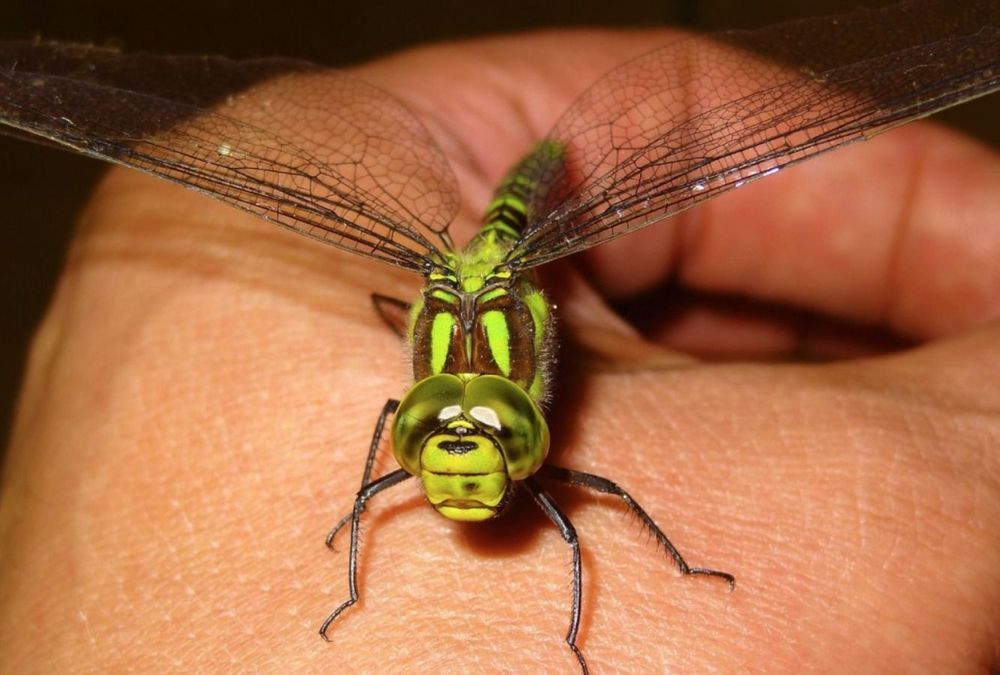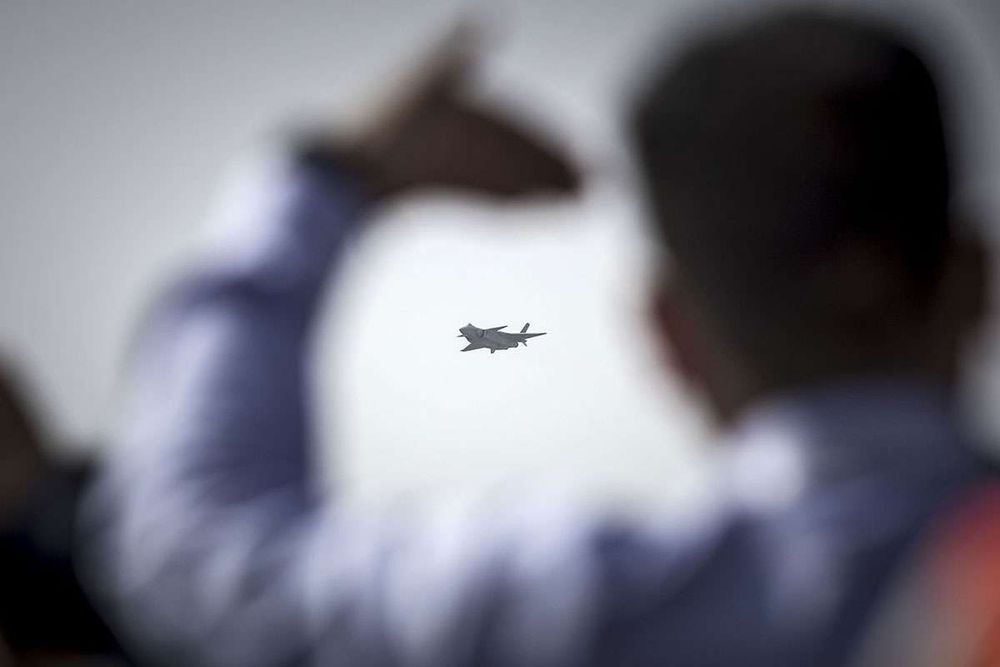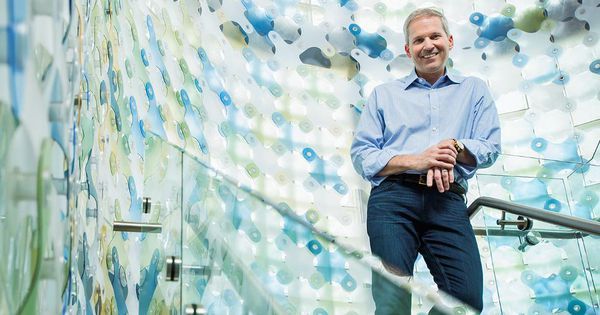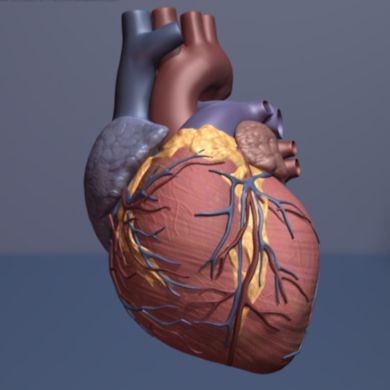Page 7833
May 21, 2019
One Dragonfly Can Eat Hundreds of Mosquitos a Day. Keep These Plants in Your Yard to Attract Dragonflies
Posted by Quinn Sena in categories: food, habitats
It’s possible to help reduce mosquito populations around your house without using nasty chemicals. Did you know that dragonflies are the biggest predators of mosquitos and can eat hundreds of them a day? This makes them a great addition to your garden and the safest natural pest control. They keep mosquito population in check.
May 21, 2019
China may have developed a quantum radar that can spot stealth planes
Posted by Quinn Sena in categories: military, quantum physics
Circa 2018
A defence firm has unveiled a prototype quantum radar. If it works, it could use entangled protons to locate stealth aircraft that normally avoid detection.
May 21, 2019
The New Nuclear: How A $600 Million Fusion Energy Unicorn Plans To Beat Solar
Posted by Quinn Sena in category: nuclear energy
Some A-list names—including the Rockefellers, Charles Schwab and Buzz Aldrin—are chasing the sun at fusion-energy firm TAE Technologies.
May 21, 2019
Researchers discover placental stem cells that can regenerate heart after heart attack
Posted by Paul Battista in categories: biotech/medical, life extension
Researchers at the Icahn School of Medicine at Mount Sinai have demonstrated that stem cells derived from the placenta known as Cdx2 cells can regenerate healthy heart cells after heart attacks in animal models. The findings, published in the May 20 issue of Proceedings of the National Academy of Sciences (PNAS), may represent a novel treatment for regenerating the heart and other organs.
“Cdx2 cells have historically been thought to only generate the placenta in early embryonic development, but never before were shown to have the ability to regenerate other organs, which is why this is so exciting. These findings may also pave the way to regenerative therapy of other organs besides the heart,” said principal investigator Hina Chaudhry, MD, Director of Cardiovascular Regenerative Medicine at the Icahn School of Medicine at Mount Sinai. “They almost seem like a super-charged population of stem cells, in that they can target the site of an injury and travel directly to the injury through the circulatory system and are able to avoid rejection by the host immune system.”
This team of Mount Sinai researchers had previously discovered that a mixed population of mouse placental stem cells can help the hearts of pregnant female mice recover after an injury that could otherwise lead to heart failure. In that study, they showed that the placental stem cells migrated to the mother’s heart and directly to the site of the heart injury. The stem cells then programmed themselves as beating heart cells to help the repair process.
May 21, 2019
Scientists Might Have Just Found Where Cannabis Originally Came From
Posted by Quinn Sena in category: futurism
It’s long been known that cannabis plants are indigenous to Central Asia, but a new study provides a fresh focus on where exactly this genus may have first evolved millions of years ago.
Documents dating back to the middle ages show humans have been hypothesising about the geographical origins of cannabis for over a thousand years now, with the famed Arab polymath Ibn Wahshiyya suggesting India or perhaps China as far back as 930 CE.
But the rarity of print fossils (impressions of leaves made on other objects) in the historical record has made it difficult for the research community to identify anything more specific than Central Asia, even with the booming popularity of cannabis currently ongoing in many fields of academic and scientific enquiry.
Continue reading “Scientists Might Have Just Found Where Cannabis Originally Came From” »
May 21, 2019
All the buzz about NASA’s new fleet of space bees
Posted by Quinn Sena in categories: robotics/AI, space travel
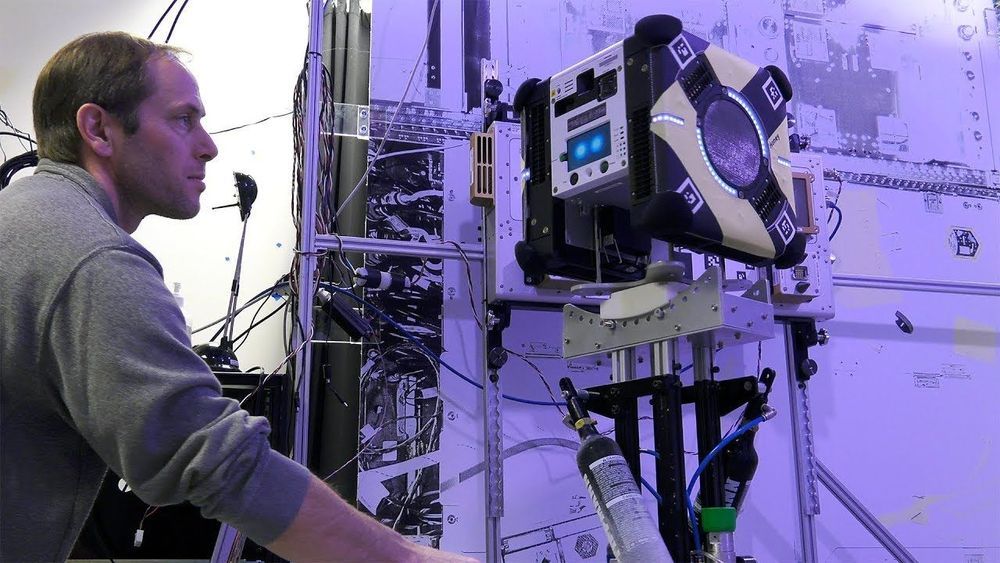
Robot bees are no replacement for our vital pollinators here on Earth. Up on the International Space Station, however, robots bearing the bee name could help spacefaring humans save precious time.
On Friday, NASA astronaut Anne McClain took one of the trio of Astrobees out for a spin. Bumble and its companion Honey both arrived on the ISS a month ago, and are currently going through a series of checks. Bumble passed the first hurdle when McClain manually flew it around the Japanese Experiment Module. Bumble took photos of the module which will be used to make a map for all the Astrobees, guiding them as they begin their tests there.
Continue reading “All the buzz about NASA’s new fleet of space bees” »
May 21, 2019
MIT new 3D chainmail interlock system with ten times the stiffness
Posted by Quinn Sena in categories: 3D printing, space travel
Researchers invent a new approach to assembling big structures — even airplanes and bridges — out of small interlocking composite components. MIT researchers have developed a lightweight structure whose tiny blocks can be snapped together much like the bricks of a child’s construction toy. The new material, the researchers say, could revolutionize the assembly of airplanes, spacecraft, and even larger structures, such as dikes and levees.
NBF – This is huge. It boosts what is possible with additive manufacturing and 3D printing. This will revolutionize manufacturing and construction.
Continue reading “MIT new 3D chainmail interlock system with ten times the stiffness” »
May 21, 2019
Patients Experiment With Diabetes Drugs to Fight Aging
Posted by Paul Battista in categories: biotech/medical, life extension
Doctors and patients say they’re compelled to use “off-label” medications as research into anti-aging goes unfunded.
May 21, 2019
Dog-like robot jumps, flips and trots
Posted by Quinn Sena in categories: engineering, robotics/AI
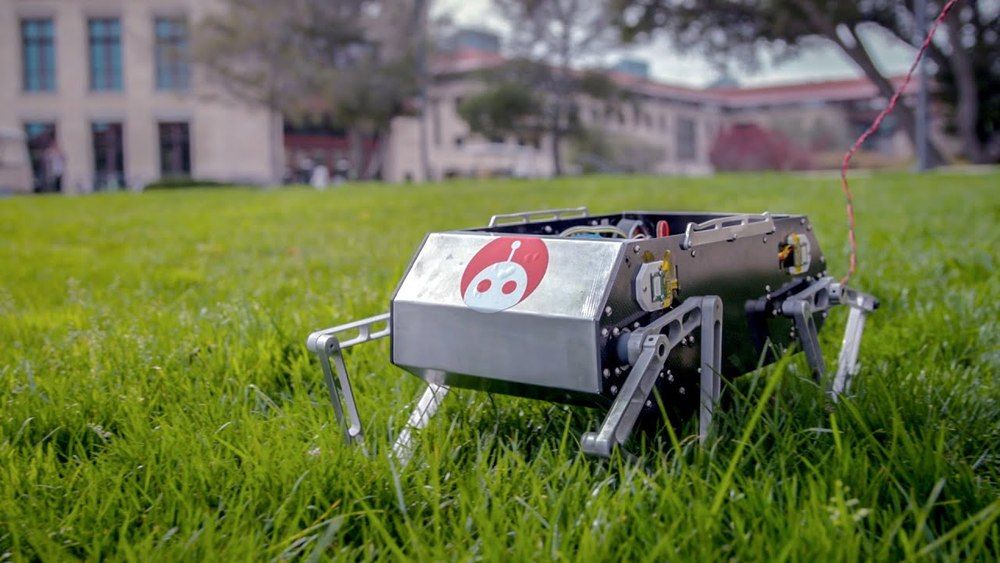
Putting their own twist on robots that amble through complicated landscapes, the Stanford Student Robotics club’s Extreme Mobility team has developed a four-legged robot that is not only capable of performing acrobatic tricks and traversing challenging terrain but is also designed with reproducibility in mind. Anyone who wants their own version of the robot, dubbed Stanford Doggo, can consult comprehensive plans, code and a supply list that the students have made freely available online.
“We had seen these other quadruped robots used in research, but they weren’t something that you could bring into your own lab and use for your own projects,” said Nathan Kau, ‘20, a mechanical engineering major and lead for Extreme Mobility. “We wanted Stanford Doggo to be this open source robot that you could build yourself on a relatively small budget.”

